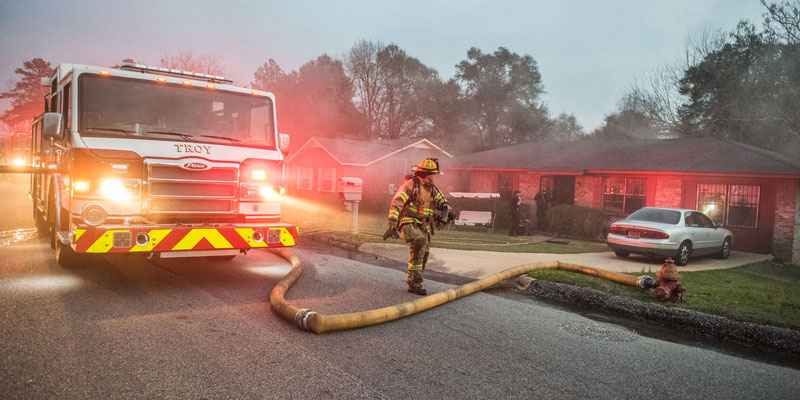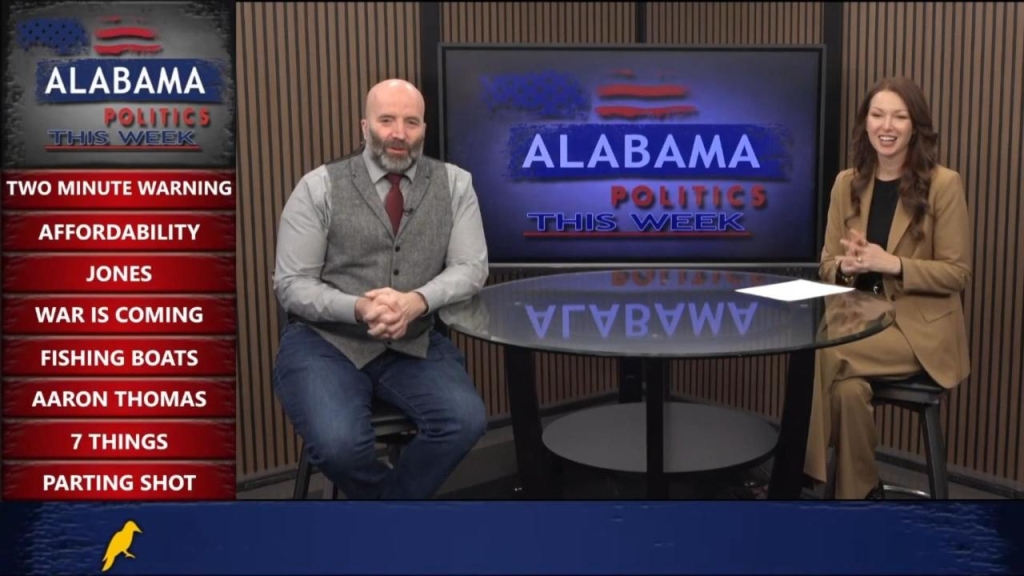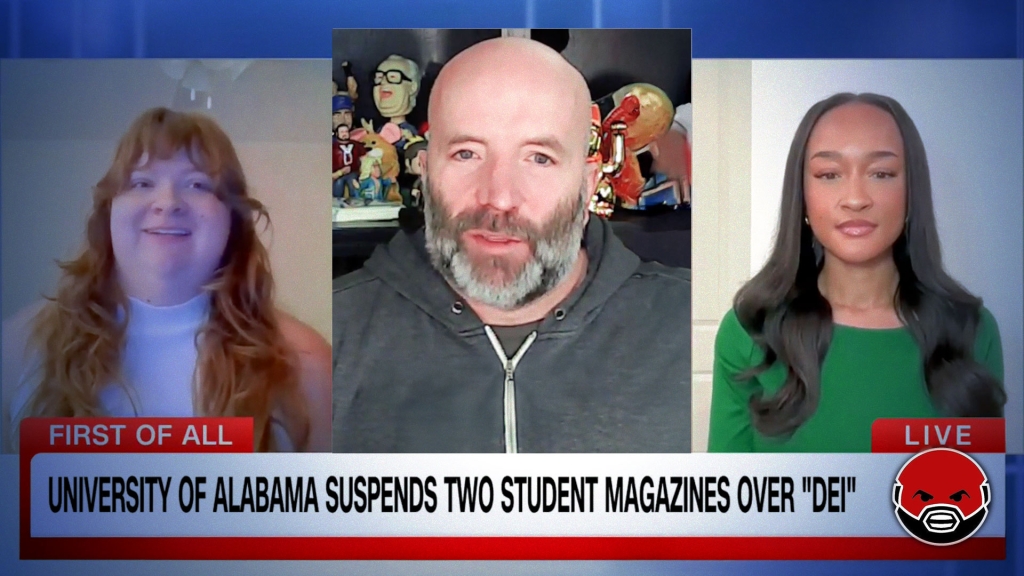Troy’s fire department rating will improve this October, which should lower our insurance rates. Fire protection ratings show how markets can ensure the quality of our services. They also provide an example of value creation as opposed to compliance-driven documentation.
The Insurance Services Office’s (ISO) Fire Suppression Rating Schedule dates back to 1909. Insurance companies wanted reliable information on the quality of cities’ firefighting services. Entire city blocks of tightly bunched wooden buildings could burn without effective firefighting response. Insurers wanted to know where poor fire protection created a risk of devastating losses.
The ratings range from 10 (worst) to 1 (best). Troy’s rating will improve from 3 to 2. Only three percent of over 43,000 departments have a rating of 2; just 305 departments nationally (0.7 percent) have a score of 1. Twenty percent of departments have scores of 9 or 10, so ISO is not like a teacher who gives only A’s and B’s. The rating formula assigns points for a fire department’s equipment and training, water resources, and communications.
The ratings cannot tell a community how good of a fire department they should have because quality is costly. For instance, opening a third fire station helped drive Troy’s improved rating. The third fire station improves response times, which could save lives or contain damage in a fire. The money for the station, however, could have been spent on the police force, street repairs or lowering taxes.
Are the benefits worth the cost? That’s for cities across the country to decide. Fire suppression ratings assist us as citizens in making such decisions. The city of Troy has been spending money upgrading our fire department for several years. The ISO score signals that our investment is paying off.
And yet can we really be sure that a better ISO rating means better protection? This is a significant question. The ratings are based on many factors. If the factors do not improve protection, a better rating does not make us safer. Public schools can provide lots of documentation of the attainment of performance criteria without noticeable improvement. Could a similar dynamic be at work in firefighting?
We can trust the ratings because insurance companies continue to offer premium discounts for them. An insurer offering discounts will write more policies in communities like Troy. Lower premiums bring in less money per insured home or business; if fire losses are not lower, the insurance company will lose money. Insurers can verify reduced fire losses using their loss data.
Trial, error and adjustment are all crucial here. Sending three fire engines on structure fire calls instead of two to earns the Troy fire department ISO rating points. This seems prudent, but may not necessarily reduce losses. If dispatching an extra engine does not reduce losses, insurers will not want to offer an additional discount and communities will not want to bear this extra cost. ISO drops factors from its formula which fail to reduce fire losses.
Research by economists finds that quality verification works better when voluntary. Making all insurance companies give discounts for ISO ratings might seem to make sense. Instead, insurers do not have to use and must pay for access to the ratings. Insurers will only pay if the ratings provide value. ISO must ensure that the criteria correlate with lower fire losses and not impose costly and ineffective requirements. If insurers had to use the ratings, ISO could sell access regardless of usefulness and would have little reason to refine the criteria over time.
Economic activity increasingly involves documenting compliance with company policies or government regulations. We now have a saying that if you haven’t documented it, you haven’t done it. Yet, fire-fighting demonstrates the weak connection between documentation and value creation: people can be rescued from a burning building without the rescue being documented. Fire suppression demonstrates the potential relevance of performance measures and allows Troy residents to sleep better knowing we are safer.
Daniel Sutter is the Charles G. Koch Professor of Economics with the Manuel H. Johnson Center for Political Economy at Troy University.













